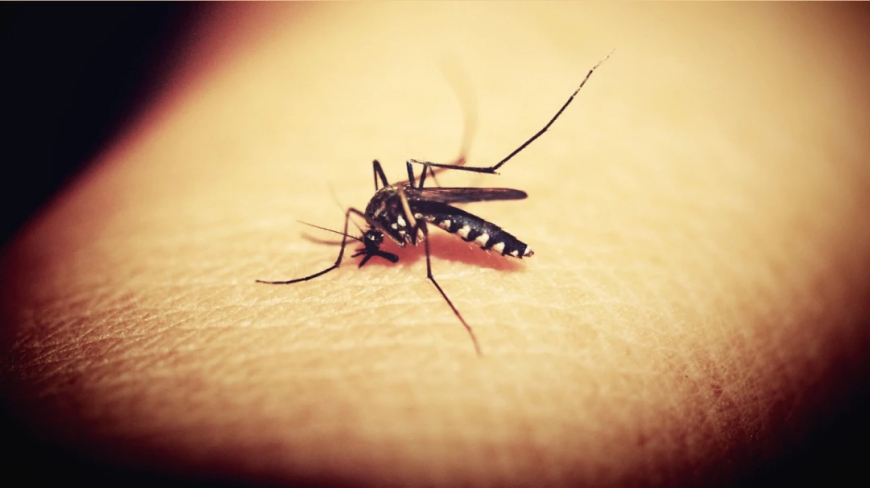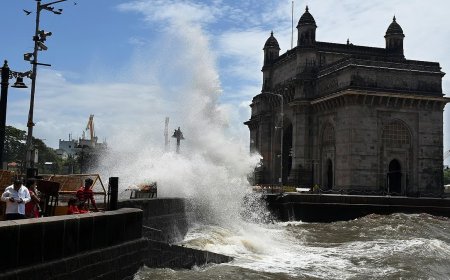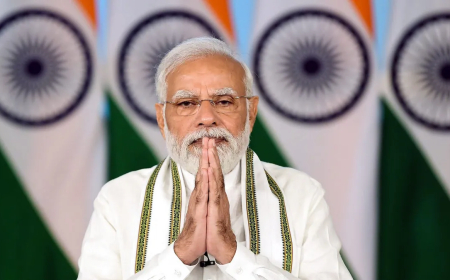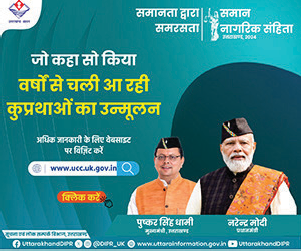Mumbai / Beijing | August 7, 2025 : Mumbai and parts of China are grappling with a concerning rise in chikungunya infections, prompting global health agencies to raise an alert. The World Health Organization (WHO) has expressed serious concern over the increasing spread of the virus across South Asia, particularly in urban centers like Mumbai and several provinces in China.
According to data from the Brihanmumbai Municipal Corporation (BMC), chikungunya cases in Mumbai have skyrocketed by over 200% this year. From January to July 2025, the city recorded 265 confirmed cases, a sharp jump from just 46 cases during the same period in 2024. Across Maharashtra, the total number of reported cases rose to 1,512, up from 1,189 last year.
Dr. Daksha Shah, BMC’s Executive Health Officer, attributes this surge to the early onset of monsoon rains in May, which created ideal breeding conditions for mosquitoes that transmit the chikungunya virus. “The rise in stagnant water, especially in construction zones and urban pockets, has allowed Aedes aegypti and Aedes albopictus mosquitoes to thrive,” she noted.
Meanwhile, China is facing an alarming outbreak, with approximately 7,000 chikungunya infections reported since late June. The Chinese government has launched aggressive preventive measures, including aerial fumigation, penalties for failing to eliminate mosquito breeding grounds, and public awareness campaigns. Authorities state that these efforts are beginning to show results, with a marginal dip in daily reported cases.
Chikungunya is a viral disease transmitted primarily through the bites of infected female Aedes mosquitoes, which also carry dengue and Zika viruses. While the fatality rate is generally low, symptoms can be severe and long-lasting. Common symptoms include sudden high fever, intense joint pain, muscle aches, fatigue, headaches, nausea, and skin rashes. The disease often mimics dengue and malaria, making early diagnosis challenging.
Though most infections resolve within a week, joint pain may persist for several weeks or even months, especially in elderly individuals or those with underlying health conditions. There is currently no specific antiviral treatment for chikungunya, and care is largely supportive. Two vaccines have been approved globally, but they are not yet widely accessible.
Chikungunya follows a cyclical and seasonal pattern, with outbreaks typically seen every 4–8 years, often peaking after the monsoon when mosquito populations surge. Public health officials emphasize preventive strategies such as:
-
Eliminating standing water in homes and public spaces
-
Wearing long-sleeved clothing
-
Using mosquito repellents
-
Regular fogging and disinfection drives
In Mumbai, civic authorities have intensified surveillance, deployed drones to identify breeding grounds, and issued fines to housing societies and construction sites that fail to manage water storage properly.
Health officials urge residents in both cities to remain vigilant and report symptoms early. Vulnerable groups such as infants, the elderly, and those with chronic illnesses are especially advised to take precautions.




 Previous
Article
Previous
Article












